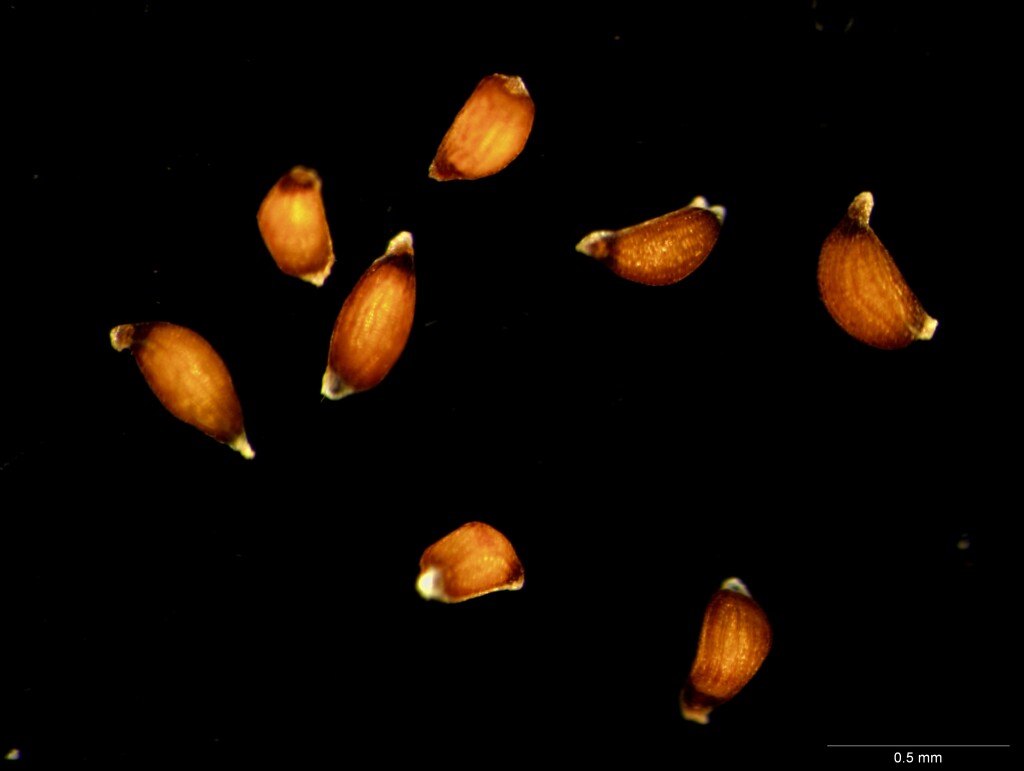Juncus phaeanthus
L.A.S.JohnsonTufted perennial with horizontal or ascending rhizomes. Cataphylls tight or loose, pale to dark brown towards the base, to c. 15 cm long. Culms erect, dull to bright green, 30–110 cm high and 1.5–4.0 mm diam.; striations 28–70, moderately strongly raised; pith cobwebby, continuous or occasionally interrupted (in various parts of the stem); stomates superficial. Inflorescence with flowers aggregated into sub-globular clusters, the clusters close or distant; primary bract continuous with culm, to c. 20 cm long; prophylls present. Tepals with a deep reddish-brown longitudinal band on either side of the stramineous midrib, 2–3 mm long; stamens 3, anthers 0.3–0.6 mm long. Capsules with an obtuse shiny reddish-brown or occasionally golden-brown apex, equal to or exceeding the tepals, 2.0–2.6 mm long. Flowers mostly Jan.–Feb., ripe capsules recorded in Jan.
GipP, EGU, HSF, HNF, MonT, VAlp. NSW, ACT, Vic. An uncommon species of moderate to higher elevations in eastern Victoria, occurring in drainage lines and depressions in open-forest and subalpine woodland, also alpine grassland, wet heathland and bogs.
Resembles Juncus vaginatus but distinguishable by the more brightly banded tepals, fewer stamens, smaller anthers, and inner walls of carpels that usually lack reddish flecks.
 Spinning
Spinning
